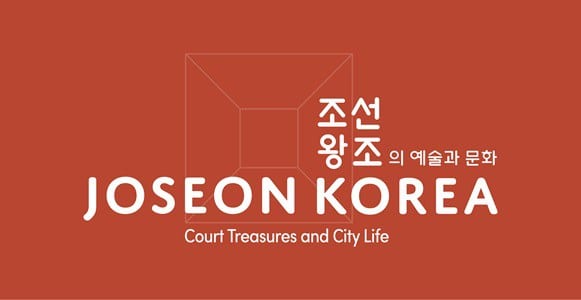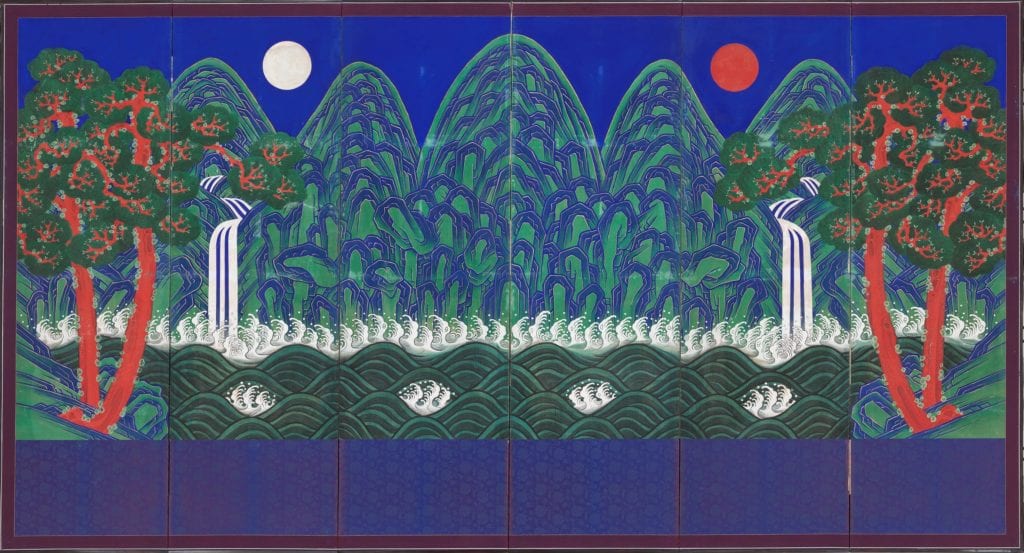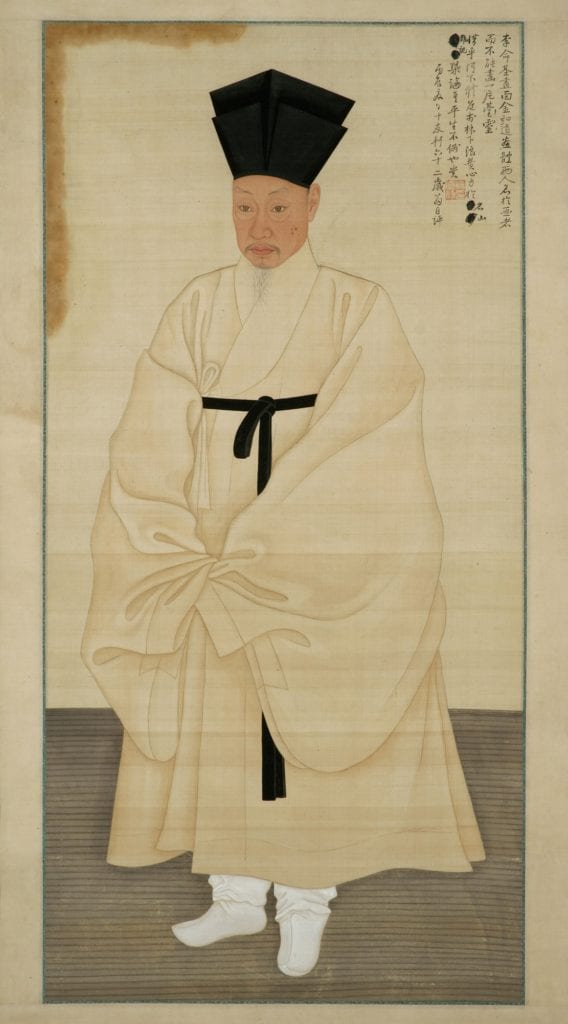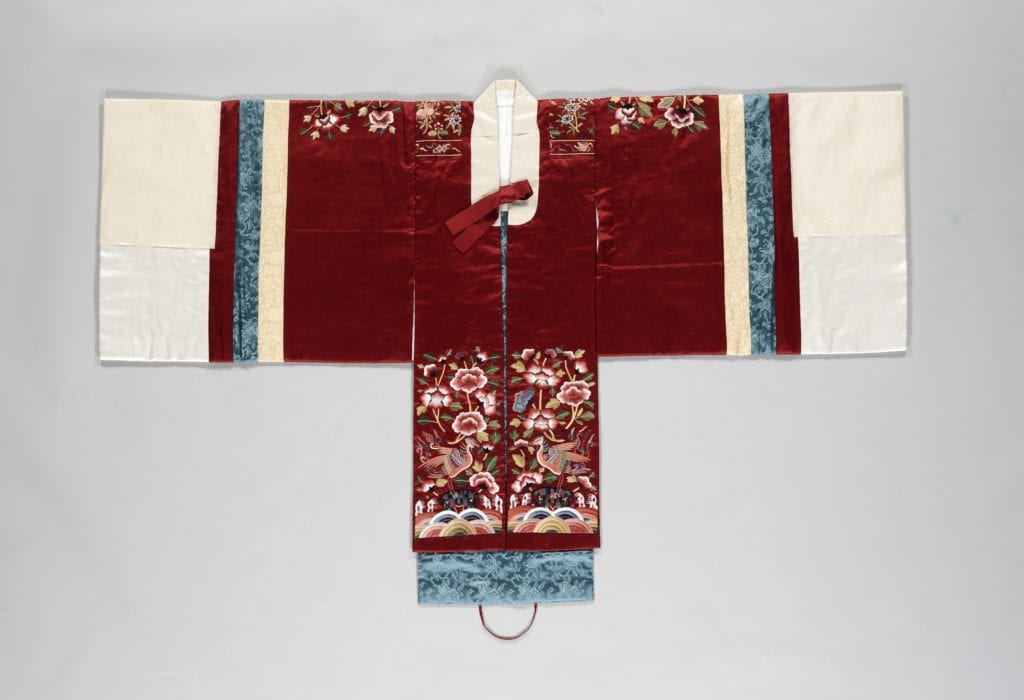
If you’re a fan of Korean Culture, have you ever pondered about how Korea was like before its fast-paced and modernised society that we know of today?
Several renowned dramas in the past years such as ‘Legend of The Blue Sea’, ‘Six Flying Dragons’ and ‘Love In The Moonlight’ have depicted the Joseon Dynasty, but there is much more to unravel when it comes to the era’s culture, practices, and royal and religious patronage.
The Asian Civilisations Museum, in collaboration with the National Museum of Korea, presents ‘Joseon Korea: Court Treasures and City Life’, an exhibition that will educate the public pertaining to the Joseon Dynasty, and explain the rich legacy that it has left behind.
Joseon Korea: Court Treasures and City Life is an intimate inspection of 500 years of Korea’s last dynasty, the Joseon (1392 – 1897) – a period that inimitably shaped modern Korea. Diverse in more than 150 artefacts and treasures, the exhibition depicts various facets of a vibrant Joseon era that has influenced many aspects of present time Korea.
These intricate artefacts and treasures with its compelling and thought-provoking background stories offer an abundance of knowledge relating to the Joseon Dynasty. One of the most prominent features of Joseon Dynasty would involve King Sejong The Great, best known for inventing Hangeul (한글), during his reign. However, there are many other elements to explore in order to fully immerse ourselves in the opulent history of this pivotal dynasty.
**
Some notable artefacts and treasures of the exhibition includes:

The Sun, Moon and Five Peaks
Out of all the artefacts and treasures present at the exhibition, one of the most prominent pieces would be The Sun, Moon and Five Peaks. A symbol of royal authority in Joseon Korea, screens illustrating this theme was placed behind the throne or portrait of a king.

Portrait of Seo Jiksu
Another interesting element of the exhibition would be the Portrait of Seo Jiksu. In this historical portrait depicts the scholar-official Seo Jiksu (1735 – 1811), dressed in a long overcoat and a tall hat, which was the representative attire of Joseon Confucian scholars. Painted by two of the era’s most famous court painters – Yi Myeonggi and Kim Hongdo, Seo felt that the artists had not successfully captured his inner mind and soul.

Bridal Robe
In the late Joseon period, the wedding day was the only occasion when commoners were permitted to wear a hwarot (“flower robe”), which was a heavily embroidered overcoat usually worn by princesses. The robe is lavishly decorated with auspicious emblems, which provided an abundance of blessings.
Additionally, in lieu with the Joseon Korea: Court Treasures and City Life show, another exhibition named ‘Becoming Again; Coming Together’, showcases a piece of modern art designed by Korean artist Ran Hwang. She interweaves notions of timelessness and transience and likens the Joseon dynasty to a wedding ceremony, as both can be thought to connote the zenith of brilliance and splendour. Zen Buddism has largely inspired Hwang’s work, and this is reflected in the laborious and repetitive nature of her craft.
If you are fond of Korean Culture and looking for somewhere enthralling to visit, this exhibition will be the fantastic opportunity for you to immerse yourself in Korea’s prosperous history!
Joseon Korea: Court Treasures and City Life exhibition runs from 22 April to 23 July 2017 at the Asian Civilisations Museum. Admission charges apply for this special exhibition. For more information, kindly visit here.
Thank you The Asian Civilisations Museum for the generous invite 🙂
—
PATRONISE US: http://www.theseoulstory.com/
TWEET US: http://www.twitter.com/theseoulstory
‘LIKE’ US: http://www.facebook.com/theseoulstorydotcom
WATCH US: http://www.youtube.com/c/theseoulstory

![[FEATURE] 4 FACTS ABOUT XDINARY HEROES TO KNOW BEFORE BREAK THE BRAKE IN JAKARTA](https://theseoulstory.com/wp-content/uploads/2024/02/b481eeee8bf74639b263e8baea8fcecf-10.8-Group-Concept-Photo-3-360x240.jpg)
![[FEATURE] Here’s What to Expect from the ‘2023 Asia Artist Awards’ in the Philippines](https://theseoulstory.com/wp-content/uploads/2023/11/image-360x240.png)